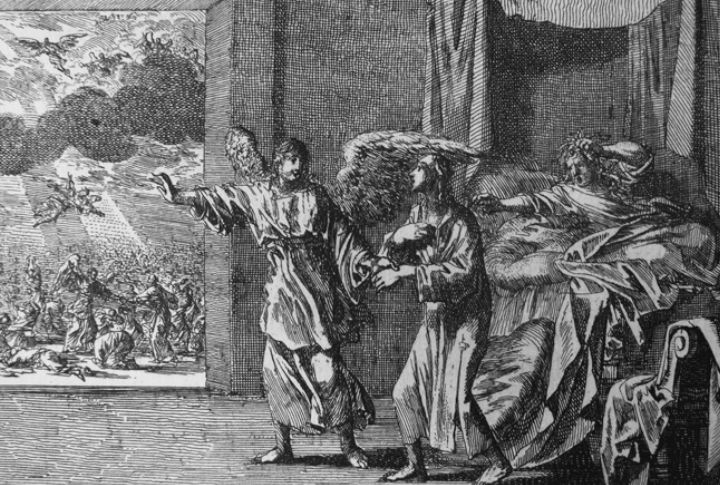
The rapture is the idea that Jesus will remove believers from Earth before tribulation. While it feels rooted in Scripture, it appeared in much later centuries. It began through interpretations and prophecy preaching. Let’s trace the path of how a quiet idea became loud and lasting.
Early Christians Had No Rapture Roadmap
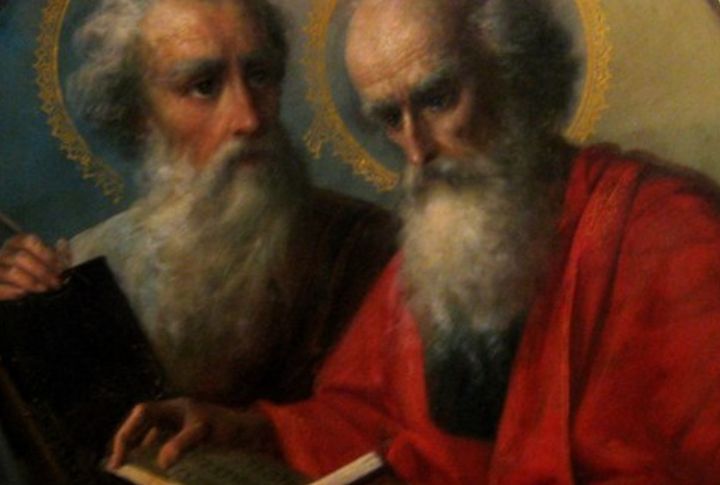
The first followers of Jesus expected a visible return, not a secret departure. Writings from early Church Fathers, such as Irenaeus and Origen, make no mention of believers vanishing before tribulation. Instead, Scripture pointed to resurrection and final judgment, not a hidden gathering of the faithful.
Their Second Coming Was Loud And Clear
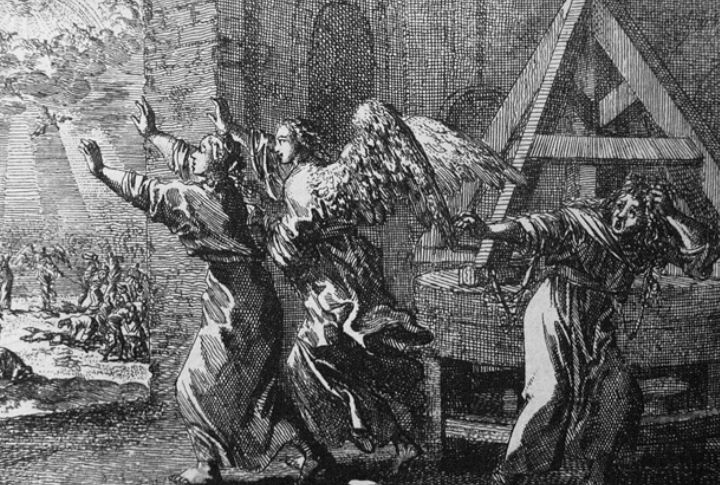
Imagery in Matthew 24 describes lightning stretching across the sky and angels with loud trumpets. Revelation speaks of cosmic signs and public judgment. Paul, in 1 Thessalonians 4, connects Christ’s return with resurrection rather than sudden disappearance. These passages describe public drama rather than quiet secrecy.
Darby’s Vision Redefined The Timeline
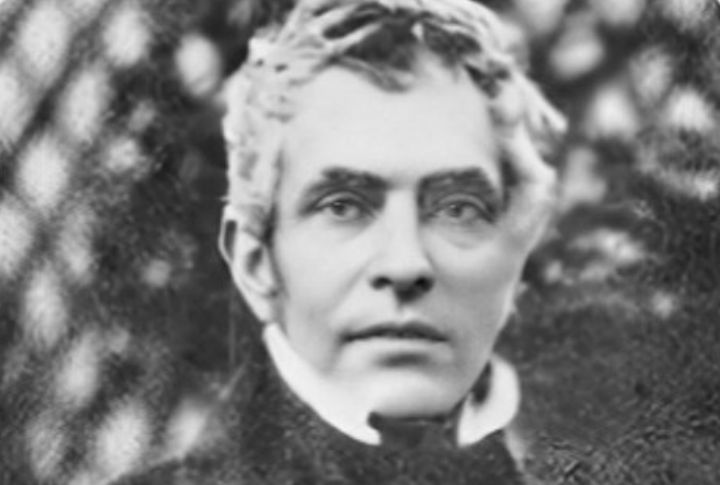
In the 1830s, John Nelson Darby proposed that Christ’s return would happen in two phases. First, believers would be taken before a period of tribulation. Then, a visible return would follow. He used the books of Daniel and Revelation to build a timeline known as dispensationalism, which divided history into prophetic eras.
Study Notes That Changed Belief

The Scofield Reference Bible, which was first published in 1909, introduced Darby’s theological system to American readers. Its annotated notes were printed alongside Scripture, which gave rapture teachings new authority. Many assumed these interpretations were biblical truth rather than added commentary. Scofield’s layout had a profound influence on 20th-century evangelical thought.
The Vision That May Have Sparked It All
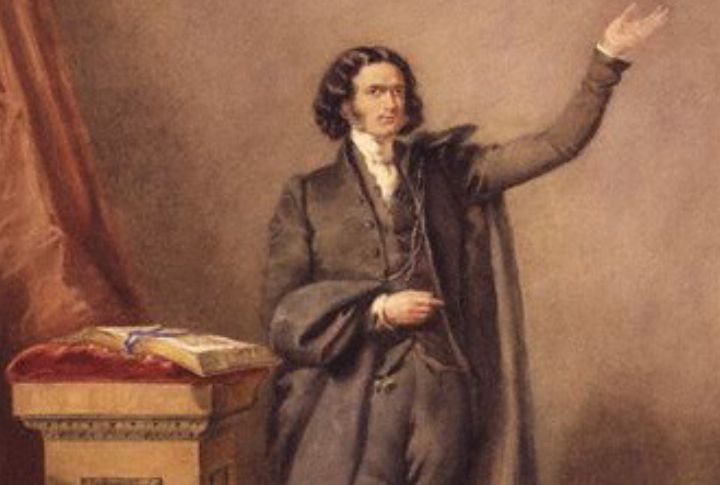
Some historians believe Darby borrowed from Margaret MacDonald, though he denied it. In 1830, the Scottish teenager claimed to have had a vision of divine rescue before disaster struck. Her words, later shared by preacher Edward Irving, stirred attention. The timing and content of her vision remain a topic of ongoing debate.
Voices That Preached The End Was Near

D.L. Moody brought revivalism into the American mainstream while endorsing dispensational ideas. In his wake, others, such as Billy Sunday and Billy Graham, carried the torch. Bible institutes and prophecy conferences expanded these views by linking global conflicts and political change to rapture-centered teachings that reached millions.
Fear Of The Bomb Fueled The Belief

The Cold War raised the specter of nuclear annihilation, which gave the rapture belief a fresh urgency. Hal Lindsey’s 1970 book, “The Late Great Planet Earth,” warned that end-time events were near. Many readers saw the Soviet Union and unrest as signs that prophecy was rapidly unfolding.
Fiction Made It Feel Real
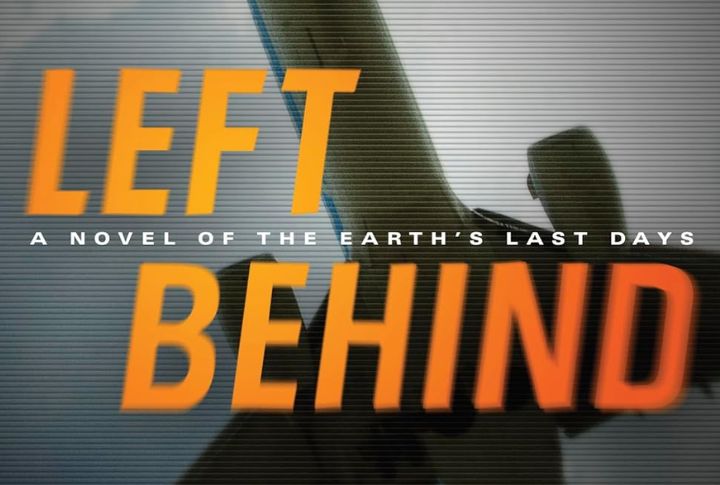
The “Left Behind” series, written between 1995 and 2007, imagined a world reeling after the sudden disappearance of Christians. These novels, although fictional, have sold over 70 million copies and have shaped popular beliefs. For many readers, imagination became an expectation, even if the theology remained a subject of debate.
Why Major Churches Still Say No
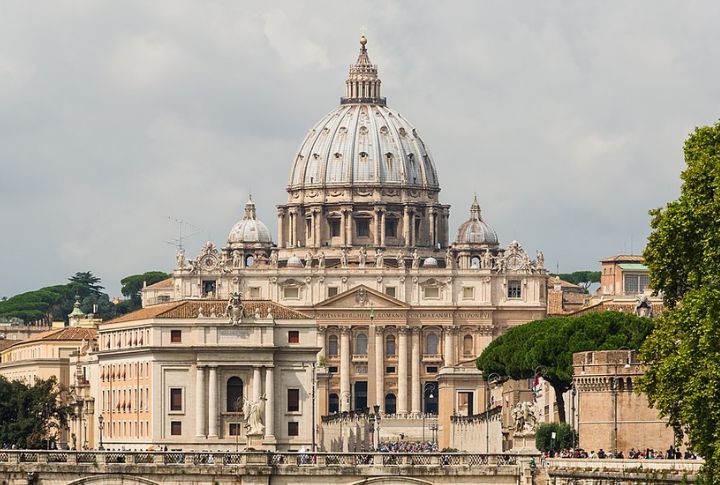
The Catholic Church and most mainline Protestants reject the rapture as it’s taught in dispensational circles. Their teachings emphasize a singular return of Christ and final judgment. To them, the rapture is a recent invention with little support from historic Christian belief.
The Arguments Still Stir Debate
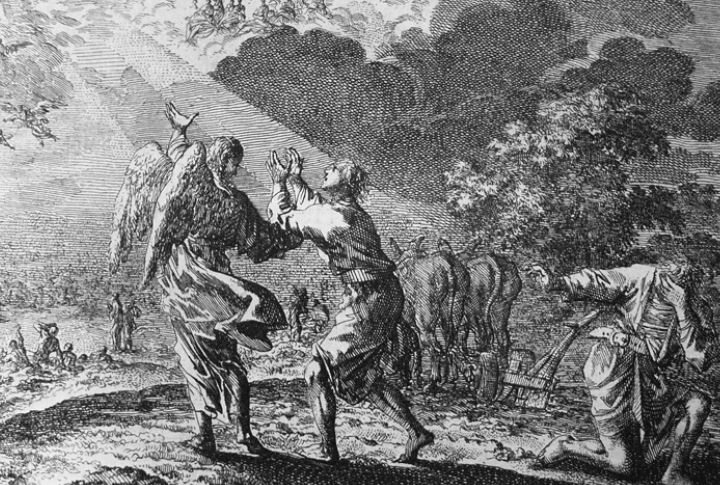
Biblical passages like 1 Thessalonians 4 and Matthew 24 remain central to rapture debates. Some view them as evidence of a separate event preceding the tribulation. Others argue that they describe Christ’s final return. Scholars and lay believers continue to interpret the timeline through different theological lenses.

